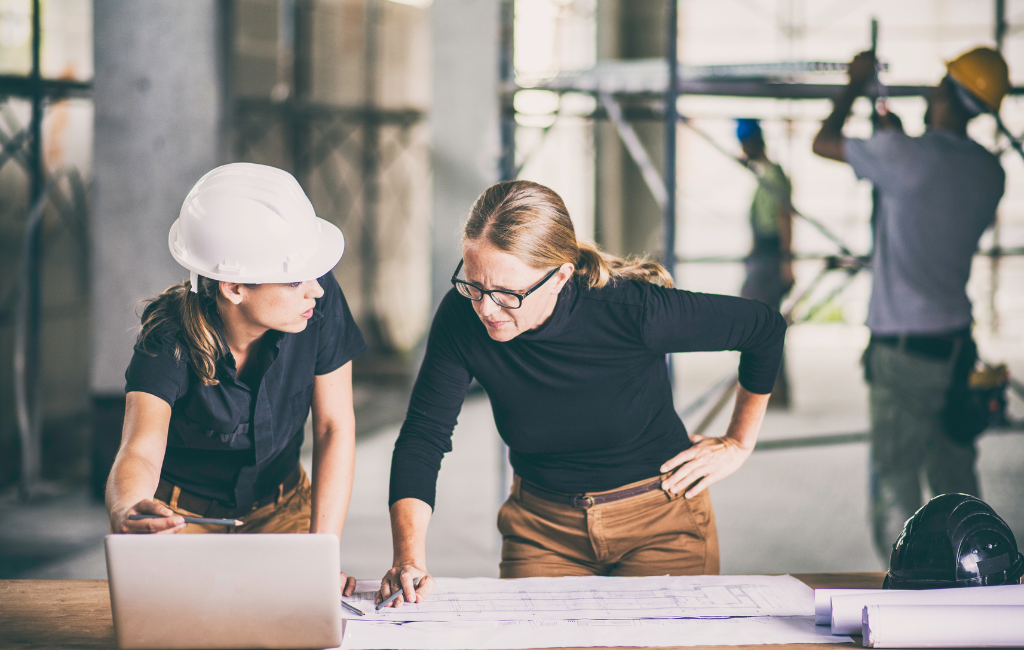-
Table of Contents
- Architect Design: Transforming Spaces with Creativity
- The Role of Creativity in Architectural Design
- Case Studies: Innovative Architectural Designs
- The Guggenheim Museum, Bilbao
- The High Line, New York City
- Sustainable Design: Balancing Aesthetics and Functionality
- Technology’s Impact on Architectural Design
- The Future of Architectural Design
- Conclusion
Transforming Creativity Architect Design
Architectural design is a dynamic field that blends art, science, and technology to create functional and aesthetically pleasing spaces. Architects play a pivotal role in shaping the built environment, influencing how we live, work, and interact with our surroundings. This article explores the various facets of architectural design, highlighting the creative processes and innovative solutions that transform spaces into extraordinary experiences.
The Role of Creativity in Architectural Design
Creativity is the cornerstone of architectural design. It involves envisioning new possibilities and pushing the boundaries of conventional thinking. Architects use their creative skills to solve complex problems, address client needs, and enhance the user experience. The creative process in architecture includes:
- Conceptualization: Developing initial ideas and concepts based on client requirements and site conditions.
- Visualization: Creating sketches, models, and digital renderings to visualize the design.
- Iteration: Refining and evolving the design through multiple iterations and feedback loops.
- Innovation: Incorporating new materials, technologies, and sustainable practices to enhance the design.
Case Studies: Innovative Architectural Designs
The Guggenheim Museum, Bilbao
Designed by Frank Gehry, the Guggenheim Museum in Bilbao, Spain, is a prime example of innovative architectural design. The museum’s distinctive titanium-clad exterior and organic forms have made it an iconic landmark. Gehry’s use of cutting-edge computer-aided design (CAD) software allowed for the creation of complex shapes and structures that were previously unimaginable. The Guggenheim Museum has not only transformed the city’s skyline but also revitalized the local economy by attracting millions of visitors.
The High Line, New York City
The High Line is an urban park built on a historic freight rail line elevated above the streets on Manhattan’s West Side. Designed by James Corner Field Operations and Diller Scofidio + Renfro, the High Line is a testament to creative reuse and urban regeneration. The design incorporates native plants, public art, and seating areas, creating a unique green space in the heart of the city. The High Line has become a popular destination for both residents and tourists, demonstrating the power of innovative design in transforming urban spaces.
Sustainable Design: Balancing Aesthetics and Functionality
Sustainability is a key consideration in modern architectural design. Architects are increasingly focused on creating buildings that are environmentally responsible and resource-efficient. Sustainable design practices include:
- Energy Efficiency: Incorporating passive design strategies, such as natural ventilation and daylighting, to reduce energy consumption.
- Material Selection: Using sustainable materials, such as recycled or locally sourced products, to minimize environmental impact.
- Water Conservation: Implementing water-saving technologies, such as rainwater harvesting and low-flow fixtures.
- Green Building Certifications: Achieving certifications like LEED (Leadership in Energy and Environmental Design) to demonstrate commitment to sustainability.
Technology’s Impact on Architectural Design
Advancements in technology have revolutionized architectural design, enabling architects to explore new possibilities and improve efficiency. Key technological innovations include:
- Building Information Modeling (BIM): A digital representation of the physical and functional characteristics of a building, allowing for better collaboration and decision-making.
- 3D Printing: Creating physical models and components with precision and speed, facilitating rapid prototyping and customization.
- Virtual Reality (VR) and Augmented Reality (AR): Providing immersive experiences that allow clients and stakeholders to visualize and interact with the design before construction.
- Smart Building Technologies: Integrating IoT (Internet of Things) devices and systems to enhance building performance and user experience.
The Future of Architectural Design
The future of architectural design is shaped by emerging trends and evolving societal needs. Some of the key trends include:
- Adaptive Reuse: Repurposing existing buildings for new uses, preserving cultural heritage, and reducing environmental impact.
- Biophilic Design: Incorporating natural elements, such as plants and water features, to create healthier and more engaging environments.
- Resilient Design: Designing buildings and infrastructure to withstand natural disasters and climate change impacts.
- Inclusive Design: Creating spaces that are accessible and welcoming to people of all abilities and backgrounds.
Conclusion
Architectural design is a multifaceted discipline that requires a blend of creativity, technical expertise, and a deep understanding of human needs. Through innovative design solutions, architects have the power to transform spaces, enhance the quality of life, and address pressing environmental challenges. As technology continues to advance and societal priorities evolve, the role of architects in shaping our built environment will remain as vital as ever.
